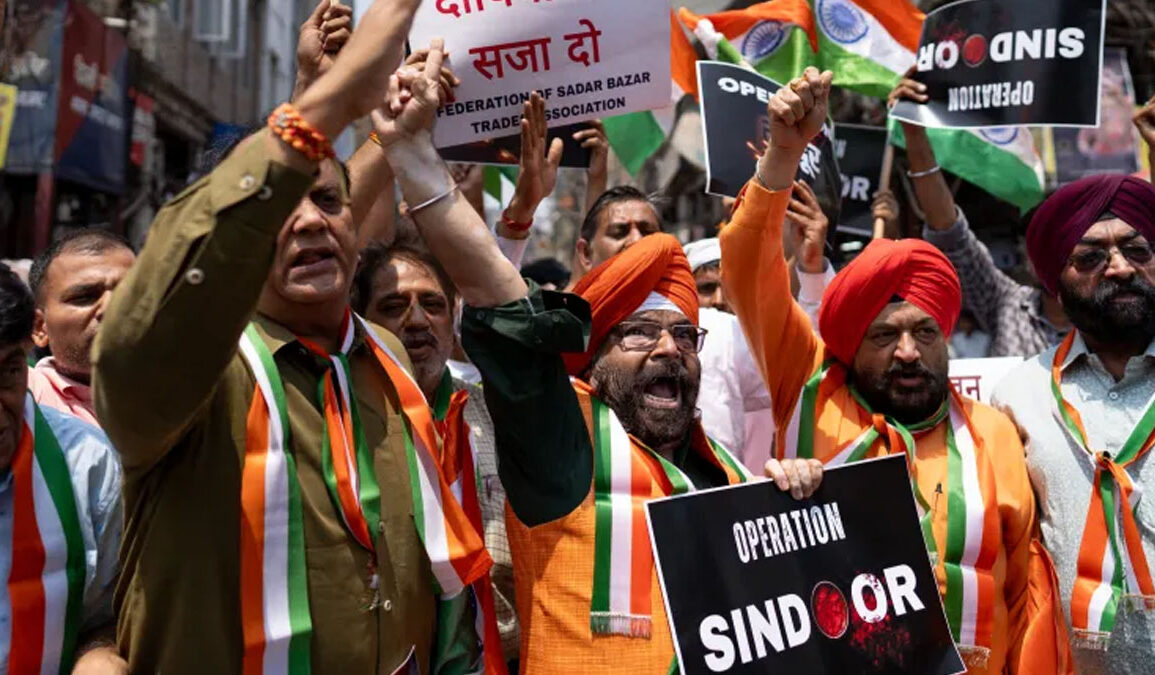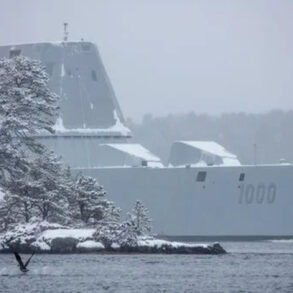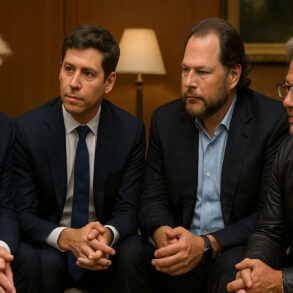A Dangerous Week on the Subcontinent
India and Pakistan, two longtime rivals and nuclear powers, have agreed to what leaders are calling a “full and immediate ceasefire” following a deadly series of military exchanges that brought the region to the brink of war. The conflict was triggered by a brutal terrorist attack on April 22 in Indian-controlled Kashmir. Gunmen opened fire on a group of Hindu tourists in the town of Pahalgam, killing 26 people and wounding many others. A little-known group called Kashmir Resistance claimed responsibility for the assault.
India blamed the attack on Lashkar-e-Taiba, a terrorist organization that has been responsible for several deadly strikes in the past, including the 2008 Mumbai attacks. The Indian government said the new group was simply an offshoot of the original one and accused Pakistan of harboring and supporting the terrorists. Pakistan rejected the claim and responded by accusing India of staging the event to justify military escalation.
In the days that followed, tensions exploded. India launched Operation Sindoor, a series of missile strikes and air raids against what it described as terrorist infrastructure in Pakistan and Pakistan-administered Kashmir. The Indian government insisted that its strikes were precise and designed to avoid civilian casualties. According to a statement released by India’s Ministry of Defence, “Only known terror camps were targeted. These were measured, responsible strikes designed to avoid escalation.”
Pakistan quickly responded with its own wave of missile attacks, claiming it was defending its sovereignty. According to Pakistani military spokesperson Lt. Gen. Ahmad Sharif, Pakistan used medium-range Fateh missiles to hit Indian military facilities in Pathankot and Udhampur. “Our air force assets are safe, and our retaliation was limited but effective,” he told reporters.
Civilians on both sides paid a heavy price. Reports from Kashmir described loud explosions, fires, and damaged buildings. One resident in Srinagar, Mohammed Yasin, said, “I was already awake, but the explosions jolted my kids out of their sleep. They started crying.” Another official, Shesh Paul Vaid, a former top police officer in the region, remarked, “It looks like a war here.”
Trump Announces the Ceasefire
After four days of escalating violence, President Donald Trump announced that the United States had helped broker a ceasefire between the two countries. In a post on Truth Social, Trump wrote, “After a long night of talks mediated by the United States, I am pleased to announce that India and Pakistan have agreed to a FULL AND IMMEDIATE CEASEFIRE. Congratulations to both Countries on using Common Sense and Great Intelligence.”
Secretary of State Marco Rubio confirmed the deal in a written statement, saying, “Over the past 48 hours, Vice President Vance and I have engaged with senior Indian and Pakistani officials, including Prime Ministers Narendra Modi and Shehbaz Sharif, External Affairs Minister Subrahmanyam Jaishankar, Chief of Army Staff Asim Munir, and National Security Advisors Ajit Doval and Asim Malik.” He added, “We commend Prime Ministers Modi and Sharif on their wisdom, prudence, and statesmanship in choosing the path of peace.”
Pakistani Prime Minister Shehbaz Sharif also acknowledged Washington’s role in ending the violence. “Pakistan appreciates the United States for facilitating this outcome, which we have accepted in the interest of regional peace and stability,” he said. Sharif added that the agreement “marks a new beginning in the resolution of issues that have plagued the region.”
India’s Foreign Secretary Vikram Misri confirmed that military commanders from both countries spoke on Saturday and agreed to halt all firing and military action across land, air, and sea. He said, “Instructions have been given on both sides to give effect to this understanding.” Another meeting between military leaders is scheduled for May 12 to ensure the ceasefire holds.
A Region on Edge
Though fighting has officially stopped, many civilians are hesitant to believe the calm will last. Abdul, a resident of Uri in Indian-administered Kashmir, told the BBC he had fled his village with his family after a series of explosions. “As we saw the sunrise, the first thing was to grab whatever we could pack,” he said. Though he welcomed the ceasefire news, he remained cautious. “People are really scared,” he said. “Either we should trust it, or not. I’m not taking the risk of going back home tomorrow.”
Even after the ceasefire was announced, reports emerged of new explosions in Srinagar and other parts of Kashmir. Omar Abdullah, the region’s chief minister, tweeted that loud booms could be heard across the city. The source of the explosions remains unclear.
Indian defense officials also struck a cautious tone. Navy Commodore Raghu Nair told reporters, “While India’s army, navy, and armed forces will be adhering to the agreement reached today, the army remains vigilant to retain the sovereignty of India. We remain prepared to launch what is necessary for the defense of our nation.”
Global Diplomatic Response
The ceasefire received praise from several world leaders. United Nations Secretary-General António Guterres described the agreement as “a positive step toward ending current hostilities and easing tensions.” He added that the UN “stands ready to support efforts aimed at promoting peace and stability in the region.”
British Foreign Secretary David Lammy also played a key role, according to Pakistani Foreign Minister Ishaq Dar. Lammy said the ceasefire was “hugely welcome” and urged both countries to “sustain this. De-escalation is in everybody’s interest.” UK Prime Minister Keir Starmer echoed that sentiment, stating, “The task now is to make sure that that is enduring and is lasting.”
Saudi Arabia and Turkey also contributed to the negotiations, while Iran expressed concern over the rising violence and offered to mediate. The foreign ministers of the Group of Seven major industrialized countries issued a joint statement urging immediate de-escalation and warning that continued fighting threatened the entire region’s stability.
The Bigger Picture
The sudden eruption of violence and the rapid ceasefire highlight just how volatile relations remain between India and Pakistan. Since their separation from British rule in 1947, the two nations have fought three major wars, two of which were over the contested Kashmir region. Religious and political differences continue to feed the conflict. India is majority Hindu, while Pakistan was founded as a homeland for Muslims. Kashmir, with its Muslim-majority population, remains the symbolic and geographic heart of their dispute.
The April 22 attack reignited long-standing grievances and accusations. India continues to accuse Pakistan of backing terrorism. Pakistan denies those charges and accuses India of suppressing the rights of Kashmiris.
In the modern geopolitical landscape, the United States sees India as a crucial counterbalance to China, both economically and militarily. Although the Trump administration has had trade disagreements with India in the past, it has also deepened security ties. By stepping in to prevent a war between India and Pakistan, the U.S. also helped protect its own strategic interests in Asia.
A Fragile Peace
For now, missiles have stopped flying, and a tense calm has returned to one of the world’s most dangerous borders. But questions remain about how long the peace will last. Some believe this latest agreement could open the door for more lasting dialogue, while others fear it may simply be another brief pause before the next outbreak.
Michael Kugelman, a South Asia analyst at the Wilson Center, warned, “This is the moment for some well-timed mediation. The risk of escalation is very high. No one wants a war, especially one between two nuclear-armed states.”
The world will be watching closely. What happens next will depend not just on diplomacy, but also on whether the leaders of India and Pakistan can resist the pressure to return to conflict.








